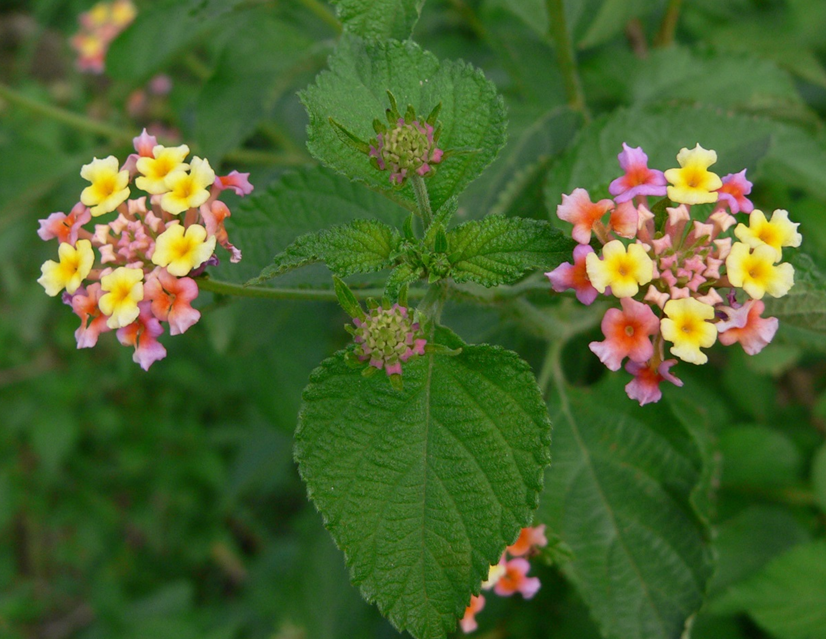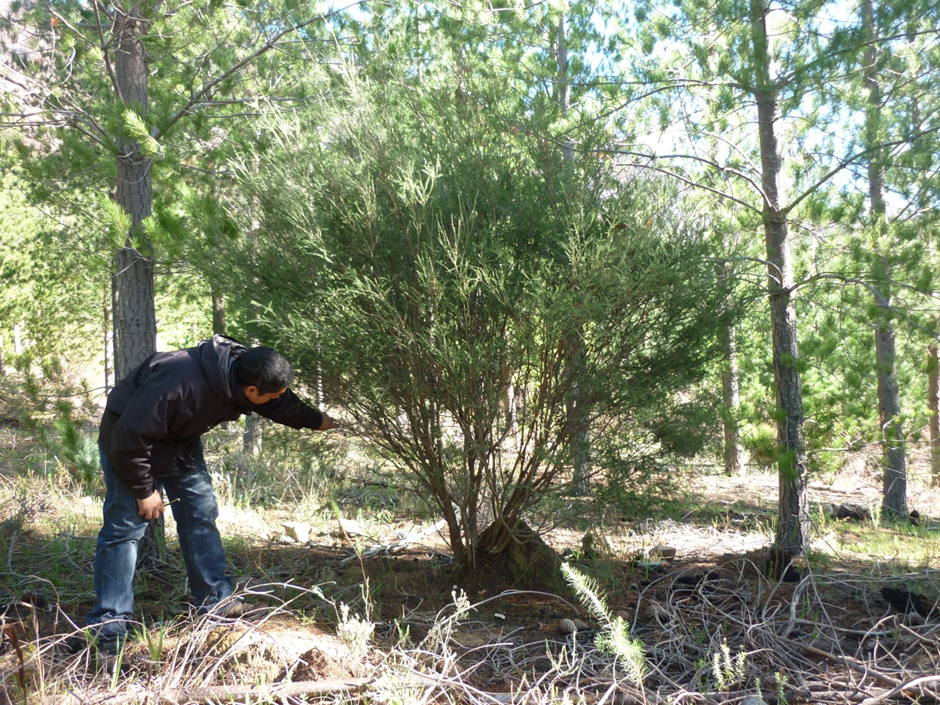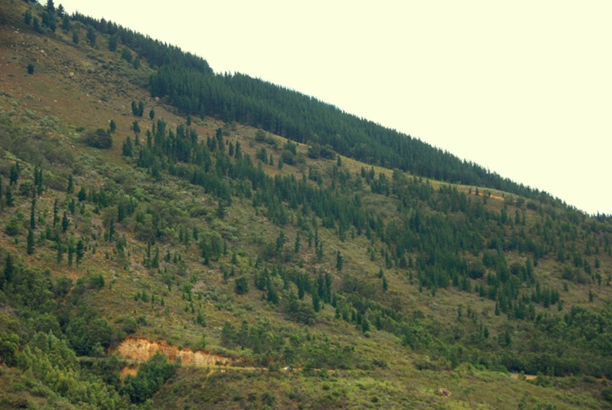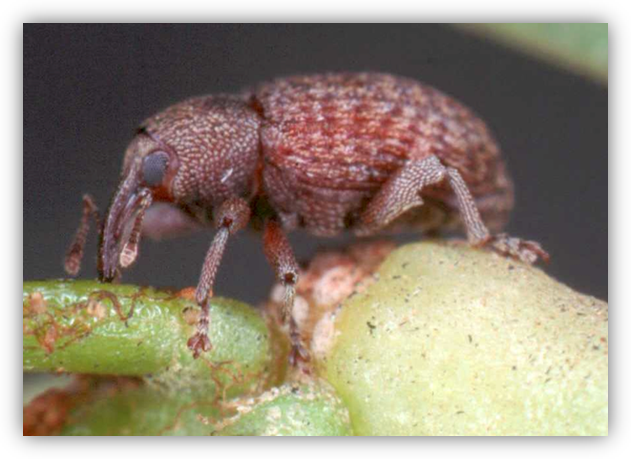Comparing impacts of alien plants and animals using a standard scoring system
Knowing which species to manage amongst all the species introduced outside of their native ranges is a huge challenge. Many factors play a role in the decision making process, one of the most important ones being whether or not the alien species causes harm to native ecosystems and species, or damages the economy.





